Fix: Kindle not Showing up on PC
When you connect a Kindle to a PC with a USB, it might charge but not show up for file access. This means the computer doesn’t see it as storage. This often happens with a USB cable that only charges. Other causes could be missing drivers, damaged Kindle storage, or USB port problems.

In this article, we will discuss different ways to solve this error.
1. Check USB Cable
Before doing anything else, make sure you’re using a USB cable that can transfer data. Many cables only charge the device, which means your PC won’t recognize the Kindle as storage. Using a data-capable cable can fix the problem and give you access to the Kindle’s files.
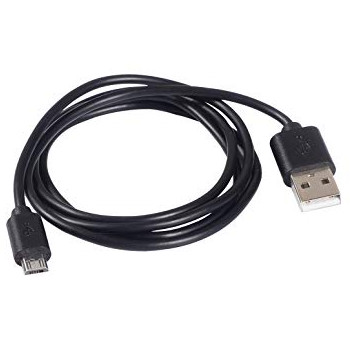
2. Tweak Your Kindle Connection
Adjusting your Kindle’s connection settings can help your PC recognize it as storage. Try restarting the Kindle, changing the connection mode, or checking device settings to refresh the connection and fix detection problems. These steps reset communication between your Kindle and PC.
- Connect your Kindle to a USB port on your computer. Turn it off completely, then back on to check if it’s detected. To restart, hold the power button for about 40 seconds and release when restarting begins.
- Connect your Kindle to your PC, open the device, swipe down to access the menu, and select “Connect as camera.” This has worked for some users.
- Use Calibre to connect your Kindle. Turn off both devices, disconnect cables, restart the PC, open Calibre, connect the Kindle, and turn it on to check the connection.
- Ensure PIN authentication is off or enter your PIN when connecting the Kindle.
- Try enabling Android Debug Bridge (ADB) on your Kindle. Toggle it on or off under Settings > Device > Turn ADB on/off to see which works.
- Try connecting your Kindle using a USB hub.
- Update the Kindle application on your device to the latest version for better connectivity.
3. Install Kindle as an MTP Device
Setting up your Kindle as an MTP (Media Transfer Protocol) device helps your computer see it as media storage, allowing file access. This ensures the Kindle is correctly recognized on the PC, solving detection issues, especially if the default USB mode doesn’t support file transfers.
- Press Windows + R, type “devmgmt.msc,” and press Enter.
- In Device Manager, expand “Portable device.” Look for Kindle with a yellow exclamation mark, right-click, and select Update driver.
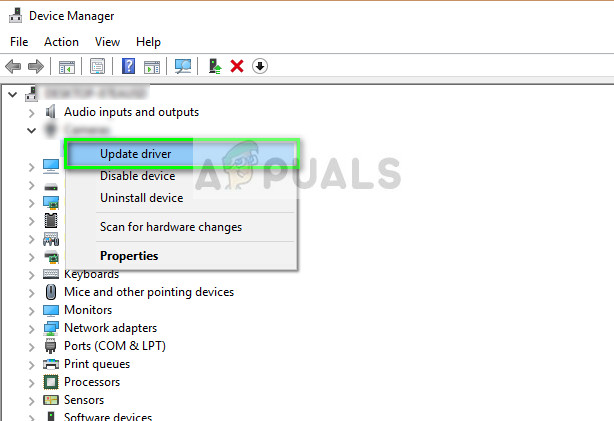
- Select “Browse my computer for driver software.”

- Select “Let me pick from a list of available drivers for my computer.”

- Choose Portable Devices and find the MTP driver. You might uncheck “Only show compatible drivers” for more options. Restart your computer after applying the changes to see if the issue is resolved.
If your computer still doesn’t detect Kindle, try connecting the tablet to another computer and see if the connection is successful. Additionally, you can transfer files using Wi-Fi if the connection doesn’t establish.

4. Disable USB Selective Suspend
Sometimes, your PC’s power-saving features can disrupt device connections. USB Selective Suspend, for example, can switch off USB ports to save energy, stopping your Kindle from appearing. Turning off this setting keeps the USB port on, allowing a steady connection and letting you transfer files from your Kindle.
- Press Windows + R, type “control panel,” and press Enter.
- Select “Hardware and Sound.”
- Click on “Power Options.” Choose your current plan and click “Change plan settings.”

- Click “Change advanced power settings.”
- Expand USB settings and “USB selective suspend settings.” Choose Disabled for both options. Save changes and exit.

- Power cycle both devices to see if the problem is solved.
5. Reinstall Driver and Application
Refreshing your PC’s connection to the Kindle can fix detection problems. Reinstalling the driver and Kindle app ensures your computer has the latest files to recognize the device. This removes any glitches or outdated settings that might block the connection, restoring proper communication between the Kindle and PC.
- Press “Windows” + “R” and type “appwiz.cpl”.
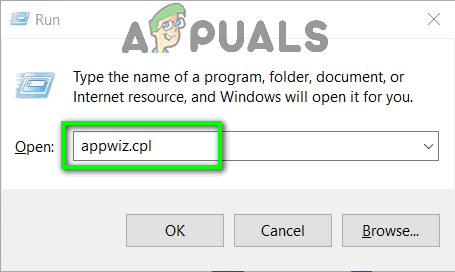
Type “appwiz.cpl” into the Run dialog and press Enter - Press Enter to open the app management window. Find the “Kindle” software.
- Right-click and select “Uninstall”.

Uninstalling Kindle Applications - Follow prompts to remove it. Repeat for other Kindle-related software.
- Clear installation directories if anything is left.
- Uninstall the Kindle device driver.
- Press “Windows” + “R” and type “devmgmt.msc” to open Device Manager.

Run dialog: devmgmt.msc - Find and right-click on the Kindle Device Driver. Select “Uninstall Device.”
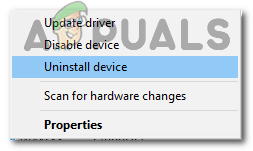
Clicking on the “Uninstall Device” option - Go to this page and download Kindle software for PC.
- Reinstall the Kindle driver and set up ADB.
- Check if the issue is fixed.
6. Reinstall USB Controller Drivers
Corrupted drivers can stop your Kindle from connecting to your PC as a storage device. Reinstalling USB controller drivers removes faulty or outdated settings, resetting the USB ports, and allowing a stable connection with your Kindle.
- Press “Windows” + “R” to open Run.
- Type “devmgmt.msc” and press “Enter” to open Device Manager.
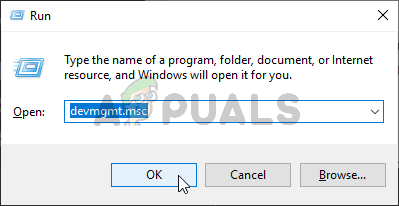
Running Device Manager - Expand the USB Controllers list.
- Right-click on each USB controller driver, and select “Uninstall Device.”

Clicking on the “Uninstall Device” option - Follow the prompts to remove drivers.
- Restart the computer; drivers will reinstall automatically.
- Check if the Kindle is now recognized.
7. Assign Drive Letter
Sometimes, Windows doesn’t give a drive letter to connected devices, so they don’t show in file explorer. Manually assigning a drive letter helps Windows recognize the Kindle as storage, allowing file transfers. This can fix detection issues by ensuring the device is properly identified by the system.
- Press “Windows” + “R” to open Run.
- Type “diskmgmt.msc” and press “Enter” to open Disk Management.
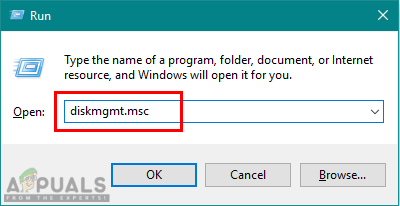
Opening disk management - Right-click on the Kindle device and select “Change Drive Letter and Paths.”
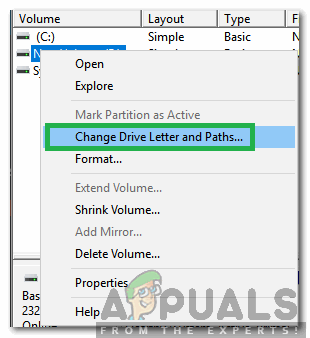
Selecting the Change Drive Letter and Paths option - Click “Add” and assign a letter.
- Save changes and exit.
- Check File Explorer for Kindle access.





